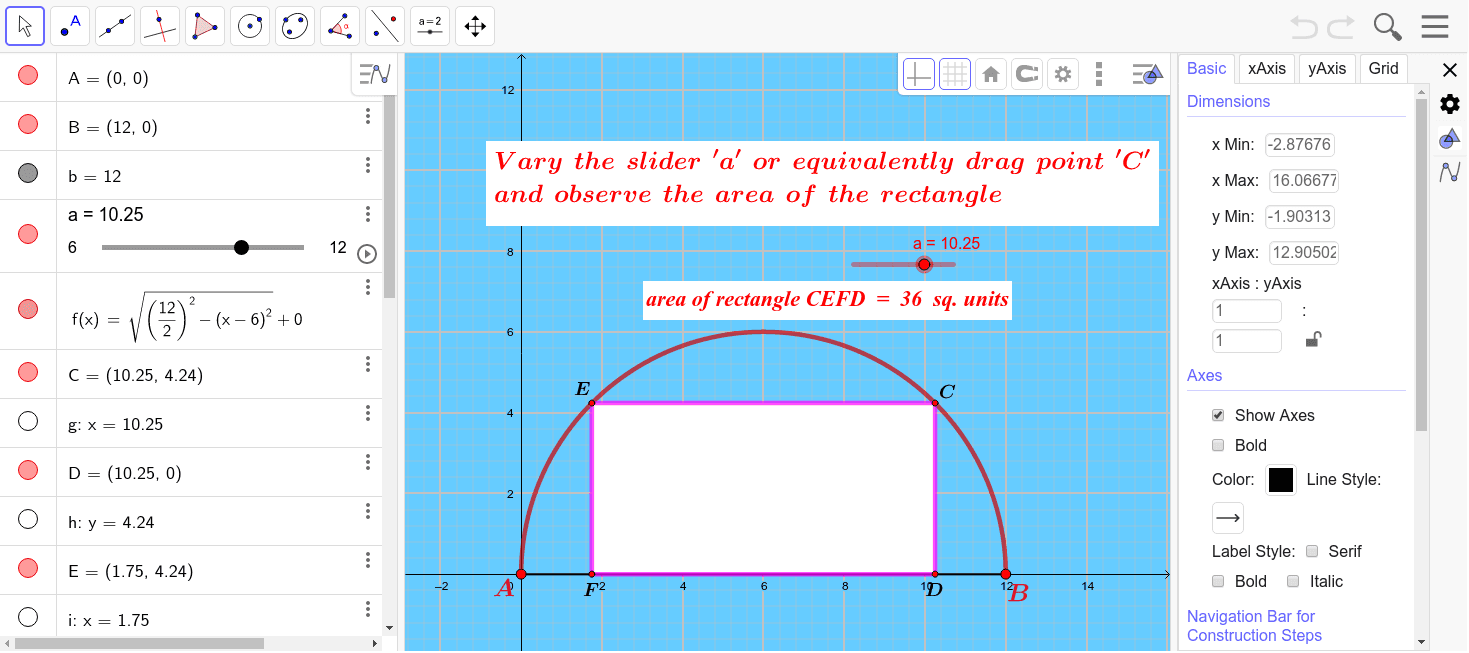

When n=4 we can see the first (non-trivial) appearance of the square packing configuration. These all look the configurations we'd expect. The first few solutions should surprise nobody. (This is the solution to what is the smallest piece of square pastry you would need is order to be able to cut out n unit-radius circular pie crusts with the smallest amount of waste). If, instead, you want the size of the square that is needed to contain that number of unit-radius circles, simply take the reciprocal of radius value. For each number of circles, I've shown just one of the layouts (there are trivial reflections and rotations for all the solutions), and sometimes canonical forms.įor each I've shown the packing efficiency η as a percentage, and the radius r that the circle would need to be to fit this configuration into a unit square.

Currently known best solutions have been determined by various approximating algorithms (simulated annealing, and randomly 'jiggling' the circles whilst trying to reduce the wall widths like a trash compactor on the Death Star).īelow are solutions for the arrangements of the first twenty sets of circles. Above approximately twenty, however, the optimal answers have not been proven, or even known/confirmed. There's an interesting study in mathematics, and this is to find out the most efficient way to pack n circles into a square.įor small numbers of circles, the results are obvious, have obvious symmetry, and have been mathematically proven to be the optimal. Which is the larger area? There's not much in it, but the area (length x width) of the box on the right is just that little bit smaller than that on the left. They both contain the same number of circles. In the example above, the box packing the circles on the left is taller than that on the right, but the one on the right is a little bit wider. However, as the circles get smaller (or box gets bigger!), even with these extra voids, the closer packing of the rest of the circles results in a better fit. When the size of the circles to be packed is large (compared to the box), these additional voids are significantly large enough to over-rule the higher packing density. In hexagonal packing, every other row has to miss out of part of a circle from either end. Square packing does not suffer from edge-effects. Imagine we needed to pack tubes of cylindrical candy into a shipping carton (or pack cans of soda into a tray). Hexagonal packing is a much more efficient user of space if we had an infinite plane to pack, but reality adds constraints. This arrangement is called hexagonal packing with an efficiency of approx 90.69% By staggering every other row, and nesting them tightly together we create an arrangement that packs more efficiently. It isn't, however, the only way to tightly tessellate circles in a plane. Square packing achieves a packing ration of π/4 (approx 78.54%), which is pretty good. And so on …Īn other interesting consequence of this is that the two shaded shapes here (the quarter circle and the circle with half the radius) have the same area. Whatever the ratio of the square to the circle, the (2x2) is made entirely of building blocks that are the same ratio.

Each of the more complex versions of the shape are self-similar to the fundamental shape. When there are n circles on an edge, there are a total of n 2 circles, each of area π(1/2n) 2. I think you can see it does not matter how many square-packed tessellated circles we put into the unit square, the answer will always be π/4. The Area of each square is, therefore, one unit squared. Let's define the square to have side length of one unit. The answer is, of course, that all three are the same. It's not really a trick question, it's an interesting result. Some people see it right away, others work it out on paper. In which of these three pictures do the circles cover the highest percentage of the square?


 0 kommentar(er)
0 kommentar(er)
